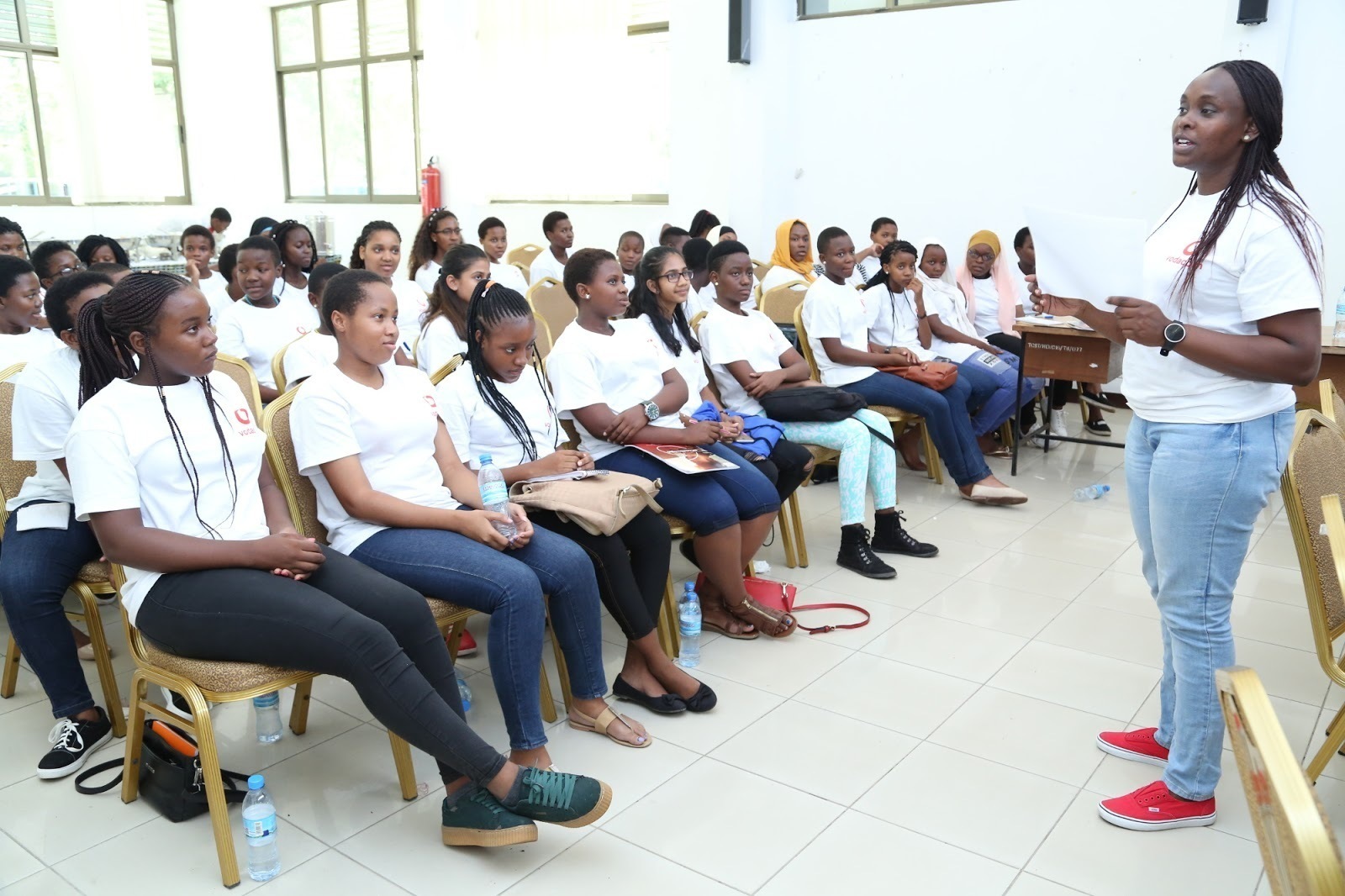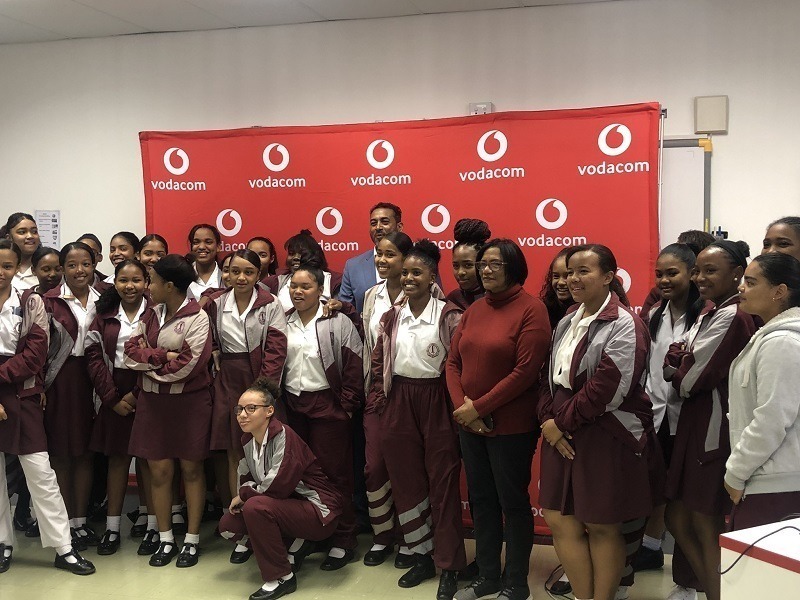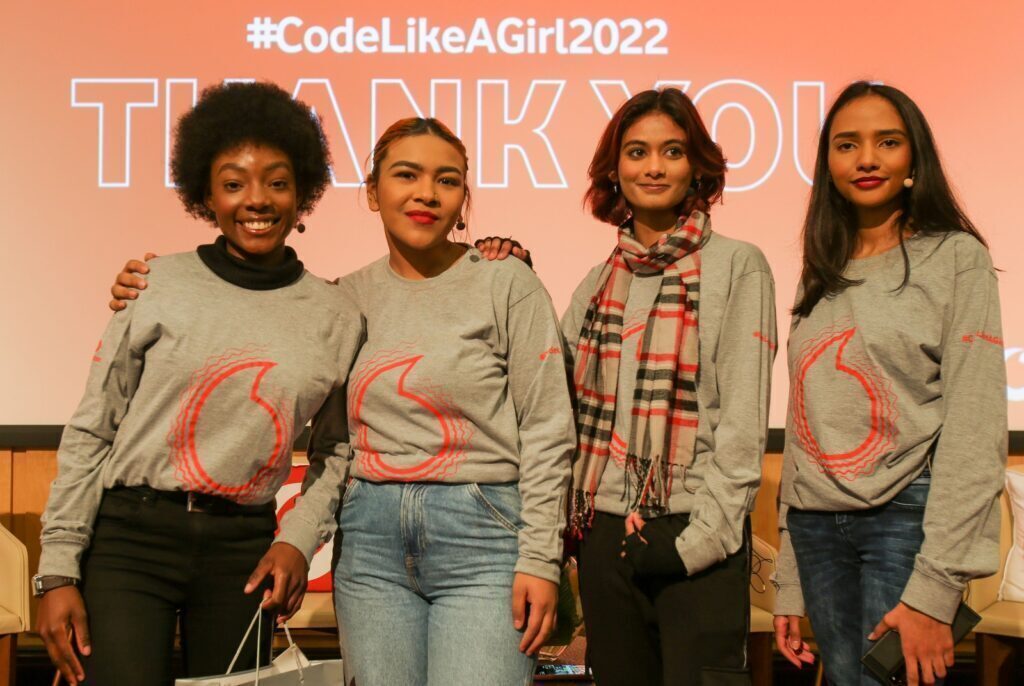Vodacom’s #CodeLikeAGirl initiative has been flying high since its inception, with girls all over the country looking to get involved. Since its debut in 2017, Vodacom has involved over 2500 young girls in the programme, with a further 1500 planned to join throughout the year.
The idea behind #CodeLikeAGirl is to teach young girls valuable skills in the world of coding. Specifically in the fields of Science, Technology, Engineering and Mathematics (STEM). It also attempts to bridge the gender gap in the coding community in South Africa. It seems the company is accomplishing more than just coding lessons. The programme offers young female coders role models and mentors to look up to throughout the programme. This winds up teaching ‘valuable life skills’, says Vodacom.
The project started in 2017 in Tembisa and at first, had just twenty members to its name. Since then, it has spread, constantly looking to add new members to its ranks.
Vodacom’s STEM future

STEM jobs are often regarded as the future of work around the world. These are the jobs that the world desperately needs. The field is still largely male-dominated, with barely any women getting to the point of higher education in the field. A Unesco report shows us that only 35% of STEM students in higher education globally are women.
Njabulo Mashigo, Human Resources Director for Vodacom South Africa, said, “Vodacom wants to address the underrepresentation of women and girls in STEM education and careers, and we’ve seen the immense difference #CodeLikeAGirl makes to these girls, which is why we are building on the programme each year.” Only without the hashtag. We’re not sure how you pronounce those.
“As part of our Vision 2025 strategy, Vodacom is on a journey to becoming a technology company or ‘techco’ from a telecommunications operator, or ‘telco’. We believe that by planting a seed now, we are preparing our industry for a technology-ready future. Girls need encouragement because traditionally, they aren’t thought of as innovators. With the right skills and a confidence boost, girls will feel empowered to aim for the skies – whether that’s literally as pilots or astronauts, or as software developers, engineers, statisticians, or architects.”
A job in STEM looks increasingly attractive. Median wages are almost double those outside the field. But it’s not only better money. It’s expected that jobs in STEM will grow at double the rate of regular jobs. Technology, AI, automation, and the rest of that technological stuff is on the rise.
Coding Like a Girl

The current training course is only two weeks long. Throughout, the soon-to-be coders are exposed to all sorts of different coding languages. HTML, CSS, GitHub and Version control, Bootstrap and JavaScript, Basic Computer and Introduction to Coding are all covered.
By the end of the session, all the girls will be able to make their own websites from scratch, and then present that to the rest of the class. This may not sound like a lot, and that’s because it isn’t. The point of these two weeks of training is to instil a longer-lasting passion for the field.
Read More: Vodacom launches Get-A-Gig to help young South Africans find jobs
Once the course ends, it’s expected a handful of these girls will want to try and break into the world of coding for STEM. And, if they aren’t interested, they’ll at least know how to build their own basic website. You never know when that could come in handy.
“Most people aren’t aware that half of all computer programming positions are in industries such as finance, healthcare, and manufacturing. Coding has become such a critical skill that it elevates a candidate’s chances not only of landing positions but also of commanding higher salaries.” Mashigo concluded.
Hopefully, Vodacom can keep the #CodeLikeAGirl project on an upward course. There’s clearly a market for this kind of work, it just needs a push towards more equitable representation. The program, if it continues as it is, may even give Vodacom an incentive to try its hand at assisting more fields than just STEM.




